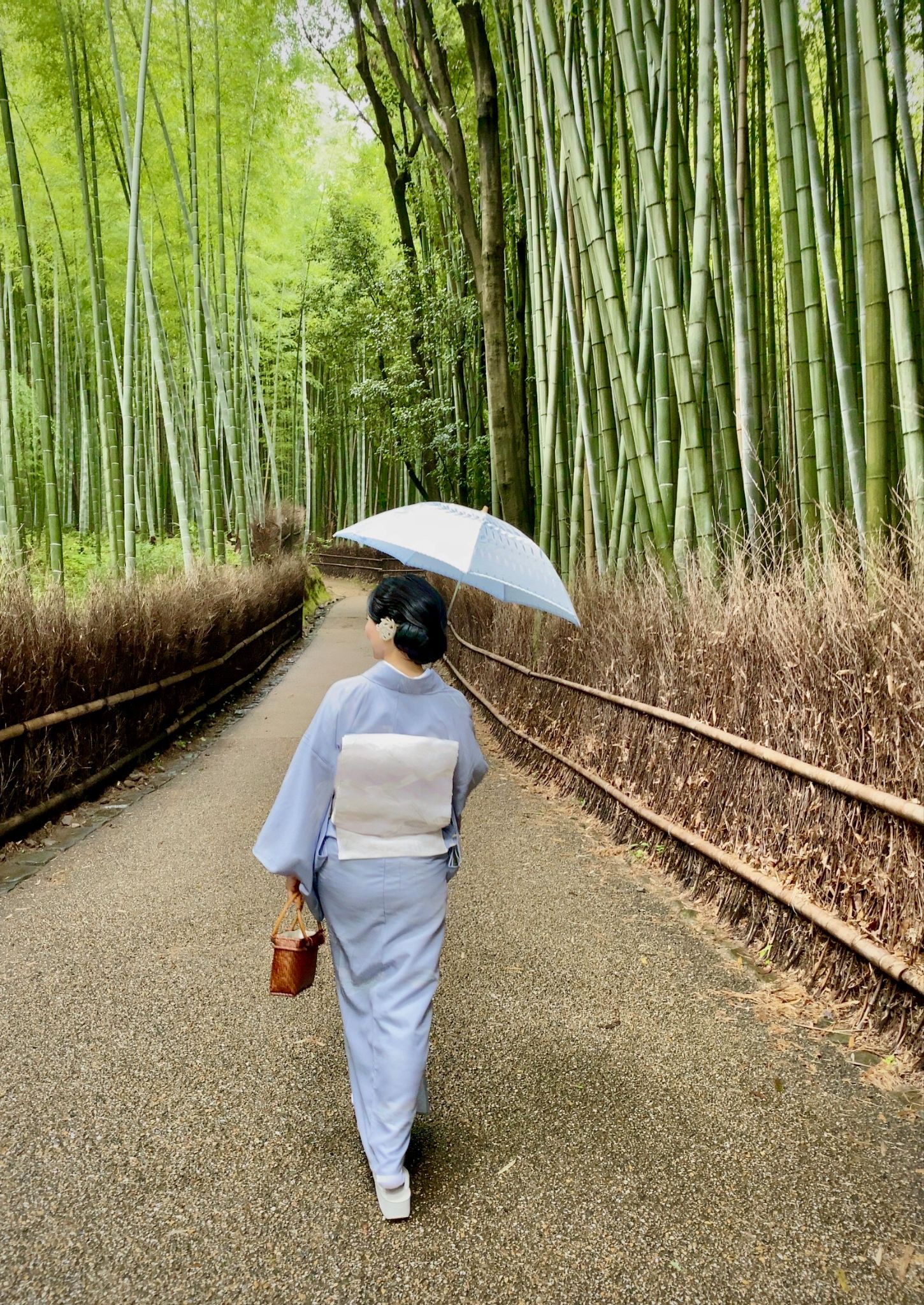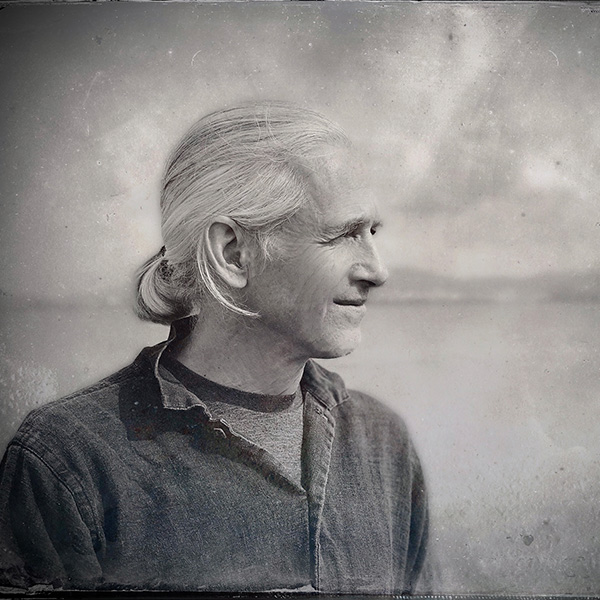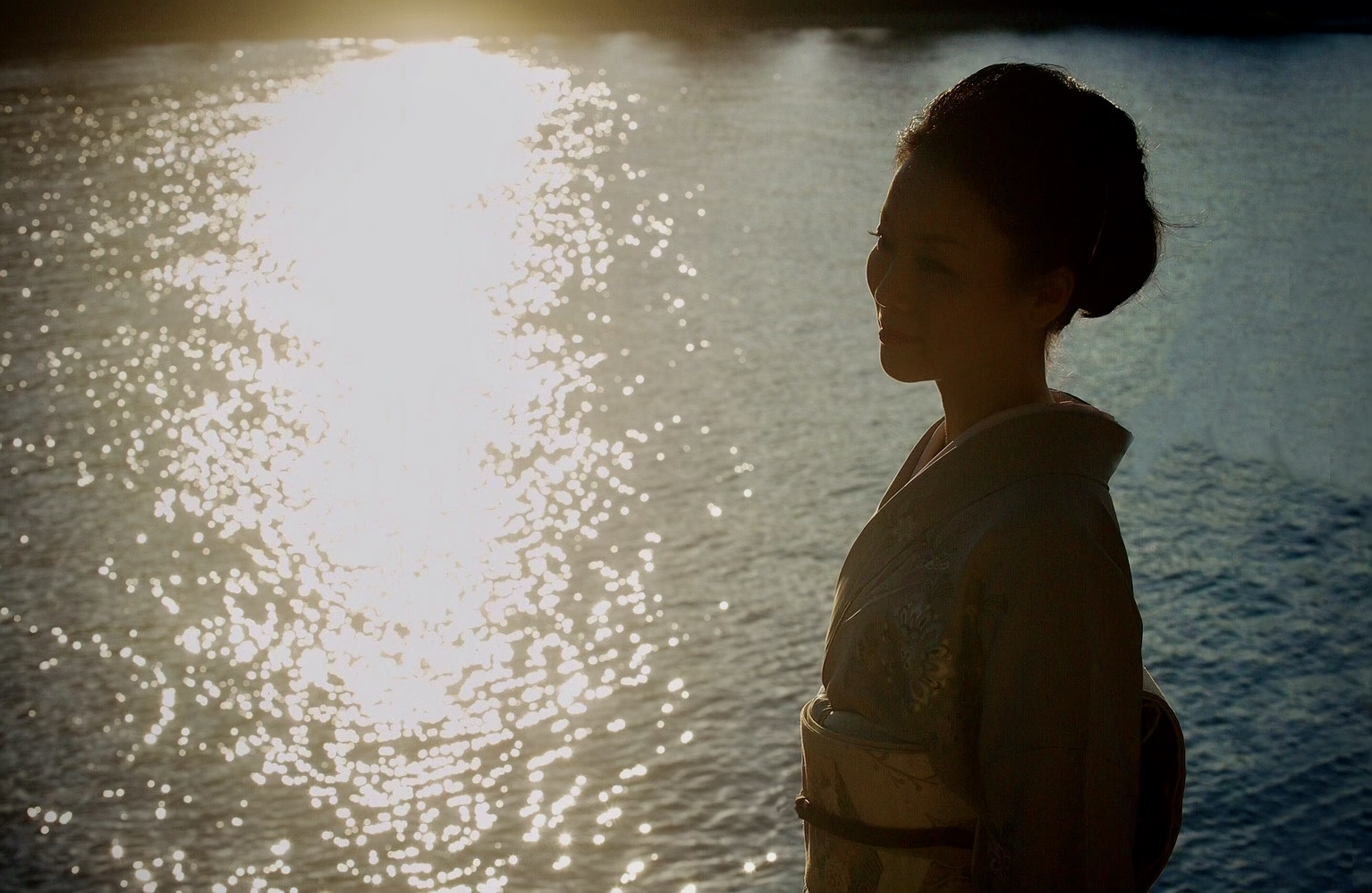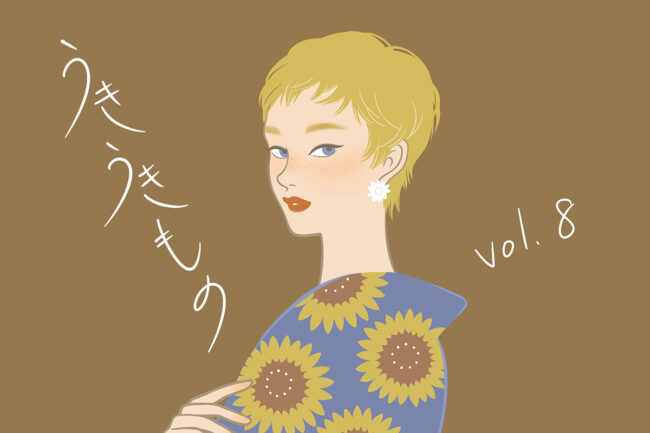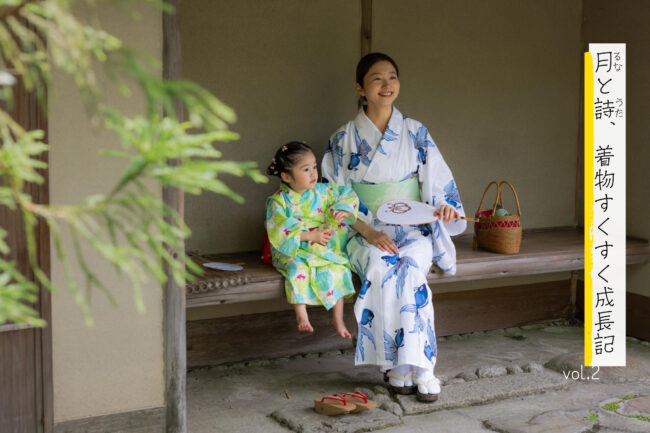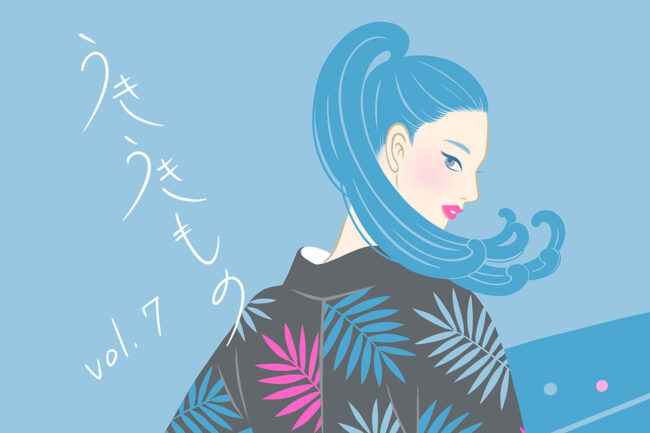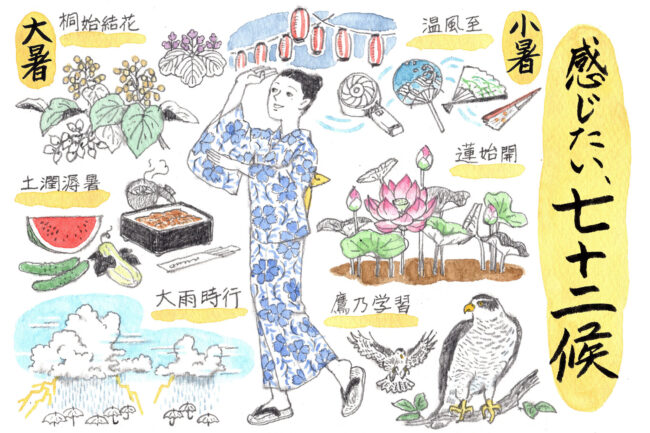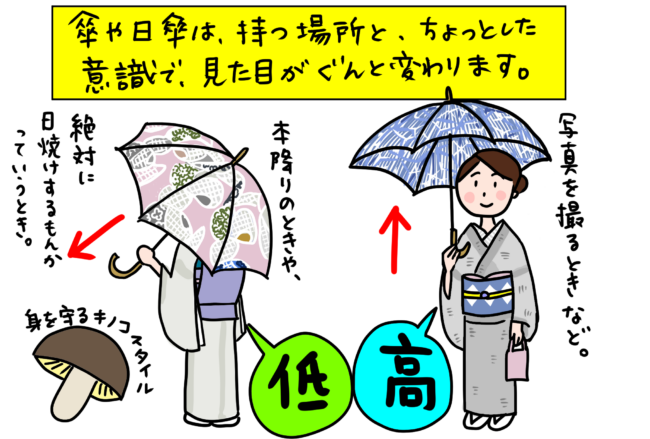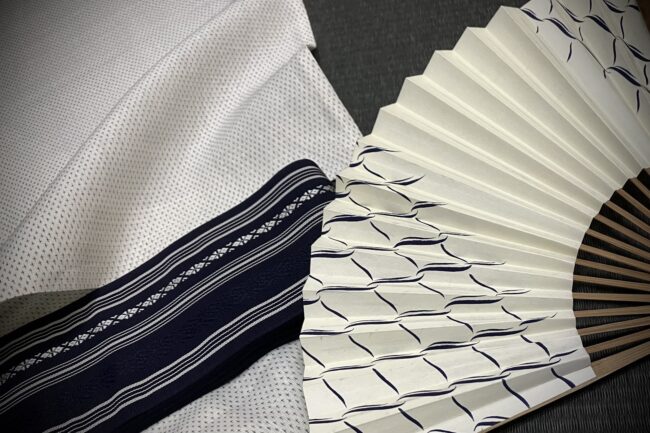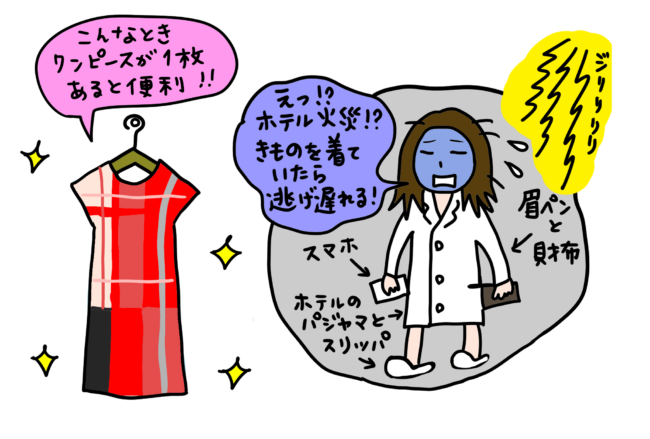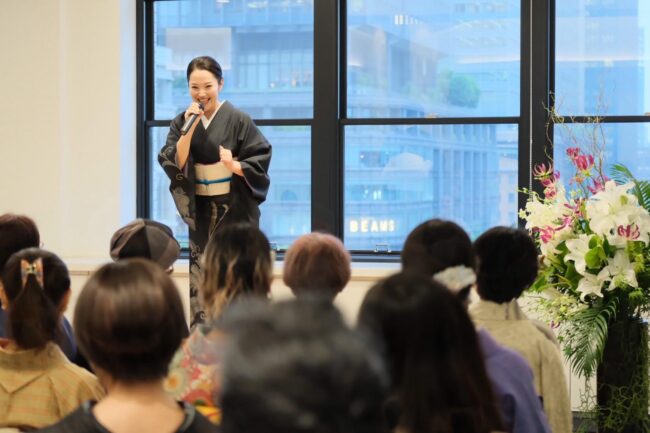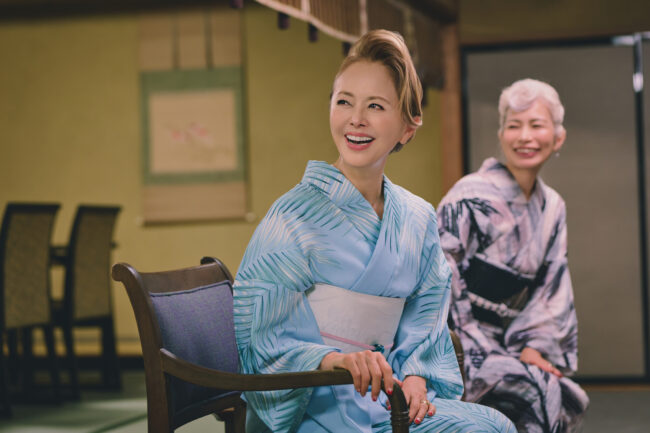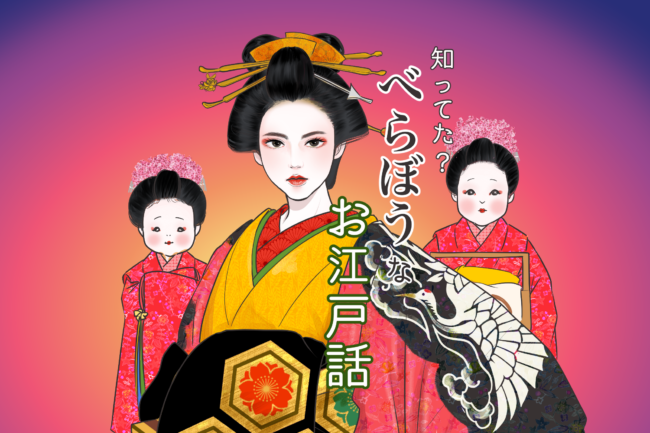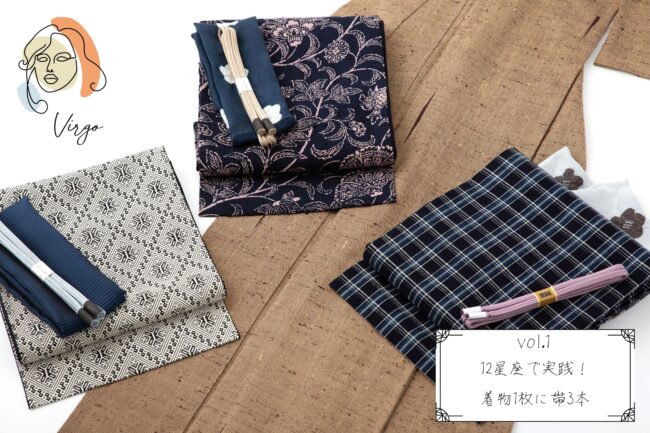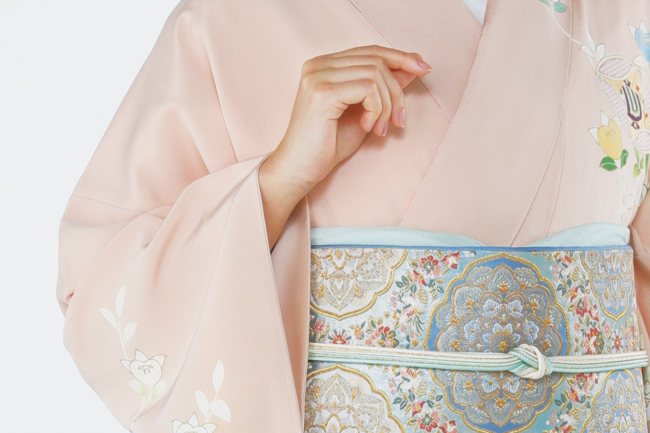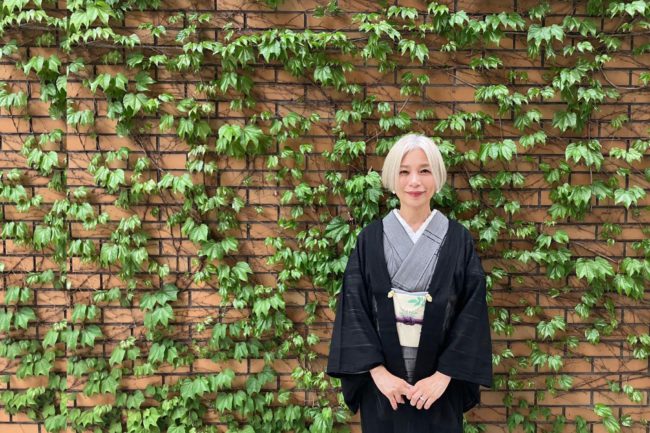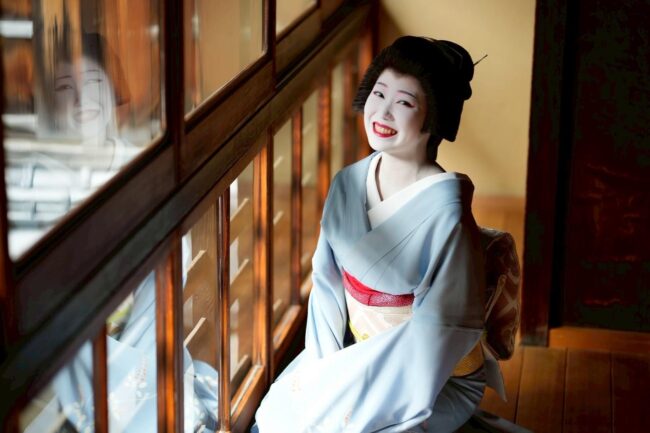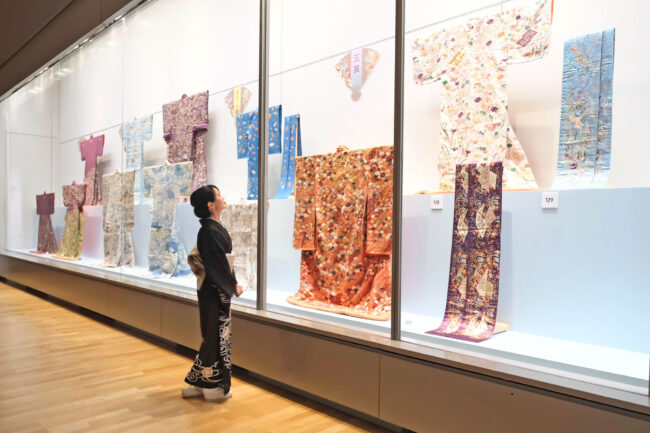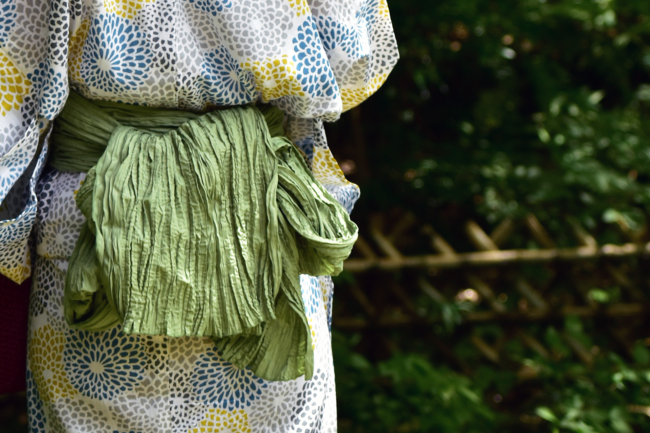
涼をとるしかけ 「Junko Sophieの秘伝京都」vol.4 │ “Junko Sophie’s Hidden Kyoto” │ 「潤子索菲的私密京都」
さまざまな美の発見と日本文化の奥座敷への探求、京都で暮らす女性としての新しい視点。今回は、華麗なる納涼文化にまで到達した、京都人の”涼をとるしかけ”について。暑さをやり過ごす知恵とは? 日本語・英語・中国語、三か国語にてお読みいただけます。
目次
- 「陰翳礼讃」と、涼をとるしかけ / “In Praise of Shadows” and the daily wisdom of cooling down. / 「陰翳禮讃」與日常消暑的智慧
- 夏の朝ぼらけの夢 / Dream of dawn in summer / 夏日的黎明之夢
- 今回訪ねた場所 / Some of My Favorite Places / 我最喜歡參訪的一些地方
- 装いについて / My Choice of Kimono of the Day / 我當日選擇的和服
- 今回の湿板光画 / The Wet Plate Collodion of This Time / 這次的濕板攝影藝術作品
- おいしい京都 / Introducing Junko Sophie ’s Delicious Kyoto / 介紹潤子索菲的京都美味
シェア
BACK NUMBERバックナンバー
-

2025.07.05
連載記事
ロンドンでの新しい楽しみ方 「Junko Sophieの秘伝ロンドン」Vol.20(最終回) │ Junko Sophie’s Hidden London │潤子索菲的私密倫敦
-

2025.07.05
連載記事
足るを知る心「Junko Sophieの秘伝京都」Vol.19 │ Junko Sophie’s Hidden Kyoto │潤子索菲的私密京都
-

2025.07.05
連載記事
インドの神々への献茶 「Junko Sophieの秘伝インディア」Vol.18 │ Junko Sophie’s Hidden India │潤子索菲的私密印度
-

2025.07.05
連載記事
”静”と”動”の彩り「Junko Sophieの秘伝インディア」Vol.17 │ Junko Sophie’s Hidden India │「潤子索菲的私密印度」
-

2025.07.05
連載記事
京都とインドが溶け込んで 「Junko Sophieの秘伝インディア」Vol.16 │ Junko Sophie’s Hidden India │「潤子索菲的私密印度」│ L’Indie Secret de Junko Sophie
-

2025.07.05
連載記事
インドの結婚式で京都文化サロンを(後編) 「Junko Sophieの秘伝インディア」Vol.15 │ Junko Sophie’s Hidden India │「潤子索菲的私密印度」│ L’Indie Secret de Junko Sophie
-

2025.07.05
連載記事
京友禅サリーで、夢のようなインドの結婚式へ(前編)「Junko Sophieの秘伝インディア」vol.14 │ Junko Sophie’s Hidden Inidia │「潤子索菲的私密印度」│ L’lnde Secret de Junko Sophie
-

2025.07.05
連載記事
文化として開花した”CHA” 「Junko Sophieの秘伝京都」vol.13 │ “Junko Sophie’s Hidden Kyoto” │ 「潤子索菲的私密京都」│ Le Kyoto Secret de Junko Sophie
-

2025.07.05
連載記事
もてなし、もてなされの”妙”「Junko Sophieの秘伝京都」vol.12 │ Junko Sophie’s Hidden Kyoto │「潤子索菲的私密京都」│ Le Kyoto Secret de Junko Sophie
-

2025.07.05
連載記事
桜の秘めごとと”もののあはれ”「Junko Sophieの秘伝京都」vol.11 │ Junko Sophie’s Hidden Kyoto │「潤子索菲的私密京都」│ Le Kyoto Secret de Junko Sophie
-

2025.07.05
連載記事
“異国美”の都「Junko Sophieの秘伝京都」vol.10 │“Junko Sophie’s Hidden Kyoto” │「潤子索菲的私密京都」│ Le Kyoto Secret de Junko Sophie
-

2025.07.05
連載記事
福来たる初春と、和歌の極意「Junko Sophieの秘伝京都」vol.9 │ Junko Sophie’s Hidden Kyoto │ 潤子索菲的私密京都 │ Le Kyoto Secret de Junko Sophie
-

2025.07.04
連載記事
魯山人と”間”の文化 「Junko Sophieの秘伝京都」vol.8|Junko Sophie’s Hidden Kyoto | 潤子索菲的私密京都 │ Le Kyoto Secret de Junko Sophie
-

2025.07.04
連載記事
インドでよみがえる、京都の美の秘密 「Junko Sophieの秘伝京都」番外編 l Junko Sophie’s Hidden Kyoto
-

2025.07.04
連載記事
“小さきもの、数少なしは心深し”の秋 「Junko Sophieの秘伝京都」vol.7 │ Junko Sophie’s Hidden Kyoto │ 潤子索菲的私密京都 │ Le Kyoto Secret de Junko Sophie
-

2025.07.04
連載記事
古都の香りをまとう暮らし「Junko Sophieの秘伝京都」vol.6 │ Junko Sophie’s Hidden Kyoto │ 潤子索菲的私密京都 │ Le Kyoto Secret de Junko Sophie
-

2025.07.04
連載記事
月夜とやつしの美 「Junko Sophieの秘伝京都」vol.5 │ “Junko Sophie’s Hidden Kyoto” │ 「潤子索菲的私密京都」
-

2025.07.04
連載記事
涼をとるしかけ 「Junko Sophieの秘伝京都」vol.4 │ “Junko Sophie’s Hidden Kyoto” │ 「潤子索菲的私密京都」
-

2025.07.04
連載記事
“ハレとケ”のメリハリ 「Junko Sophieの秘伝京都」vol.3 │ “Junko Sophie’s Hidden Kyoto” │ 「潤子索菲的私密京都」
-

2025.07.04
連載記事
美と文化の泉がひそむ 「Junko Sophieの秘伝京都」vol.2 │ “Junko Sophie’s Hidden Kyoto” │ 「潤子索菲的私密京都」
-

2025.07.04
連載記事
京都の魔法に導かれて「Junko Sophieの秘伝京都」vol.1 │ “Junko Sophie’s Hidden Kyoto” │ 「索菲潤子的私密京都」
LATEST最新記事
-

着物の基本
きもの旅でもワンピを一枚 「きくちいまが、今考えるきもののこと」vol.99
-

イベント
『魅せる立ち姿の秘訣!』 日本最大級きもの展示会2025@東京丸の内KITTE 「Magnificent KIMONO!」vol.14
-

ファッション
あえかな月の光のような 〜小説の中の着物〜 杉本章子『東京新大橋雨中図』「徒然雨夜話ーつれづれ、あめのよばなしー」第五十夜
-

ライフスタイル
着物の所作を美しくするために重ねた訓練【女優 熊谷真実さん】(後編)「着物ひろこが会いに行く!憧れのキモノビト」vol.8
-

カルチャー
遊郭は江戸のセーフティネット? 「知ってた?べらぼうなお江戸話」vol.2
-

ライフスタイル
【おとめ座】『ざざんざ織』を着回すコーデ 「12星座で実践!着物1枚に帯3本」vol.1
RANKINGランキング
- デイリー
- ウィークリー
- マンスリー
-

着物の基本
着物は「右前」「左前」どっち?覚え方のコツや注意点を解説!
-

着物の基本
きもの旅でもワンピを一枚 「きくちいまが、今考えるきもののこと」vol.99
-

エッセイ
9月に合わせる帯と小物のこと 「きくちいまが、今考えるきもののこと」vol.10
-

エッセイ
9月の着物コーデは夏あり冬ありのグラデーション! 「きくちいまが、今考えるきもののこと」vol.75
-

着物でおでかけ
鍵善良房 祇園の涼味『くずきり』 「京都・和の菓子めぐり」vol.9
-

エッセイ
肌襦袢と裾よけって、これじゃないとダメ?「3兄弟母、時々きもの」vol.4
-

エッセイ
着物の小物、代用品スペシャル! 「きくちいまが、今考えるきもののこと」vol.87
-

着物の基本
着物の種類 基本中のき!帯合わせ・小物合わせも解説 「カジュアル編① 色無地・御召」
-

着物の基本
今さら聞けない!アニメ『鬼滅の刃』に登場する柄・模様と、込められた意味
-

着物の基本
着物は「右前」「左前」どっち?覚え方のコツや注意点を解説!
-

エッセイ
9月の着物コーデは夏あり冬ありのグラデーション! 「きくちいまが、今考えるきもののこと」vol.75
-

着物の基本
今さら聞けない!アニメ『鬼滅の刃』に登場する柄・模様と、込められた意味
-

着物の基本
しびれるくらい粋でカッコいい!半幅帯の帯結び 「着物ひろこの着付けTIPs」vol.5
-

カルチャー
投扇興(とうせんきょう)を楽しむ!【大西常商店・大西里枝さん】「きくちいまがプロに聞くシリーズ」扇子のギモンを解決!vol.5
-

着物の基本
初心者でも一人でできる!旅館やお祭りなど簡単な浴衣の着付け方をご紹介!
-

エッセイ
9月に合わせる帯と小物のこと 「きくちいまが、今考えるきもののこと」vol.10
-

ライフスタイル
若女将から4代目社長へ 「#京都ガチ勢、大西さん家の一年」vol.7
-

カルチャー
”かわいい”から”キレイ”へ 祇園甲部・豆沙弥さん 「令和の芸舞妓図鑑」vol.20
-

着物の基本
着物は「右前」「左前」どっち?覚え方のコツや注意点を解説!
-

カルチャー
”かわいい”から”キレイ”へ 祇園甲部・豆沙弥さん 「令和の芸舞妓図鑑」vol.20
-

着物の基本
今さら聞けない!アニメ『鬼滅の刃』に登場する柄・模様と、込められた意味
-

カルチャー
投扇興(とうせんきょう)を楽しむ!【大西常商店・大西里枝さん】「きくちいまがプロに聞くシリーズ」扇子のギモンを解決!vol.5
-

着物の基本
しびれるくらい粋でカッコいい!半幅帯の帯結び 「着物ひろこの着付けTIPs」vol.5
-

ライフスタイル
若女将から4代目社長へ 「#京都ガチ勢、大西さん家の一年」vol.7
-

着物でおでかけ
特別展『江戸☆大奥』東京国立博物館 「きものでミュージアム」vol.49
-

着物の基本
兵児帯(へこおび)とは?特徴や選び方・結び方をご紹介!
-

着物の基本
初心者でも一人でできる!旅館やお祭りなど簡単な浴衣の着付け方をご紹介!















